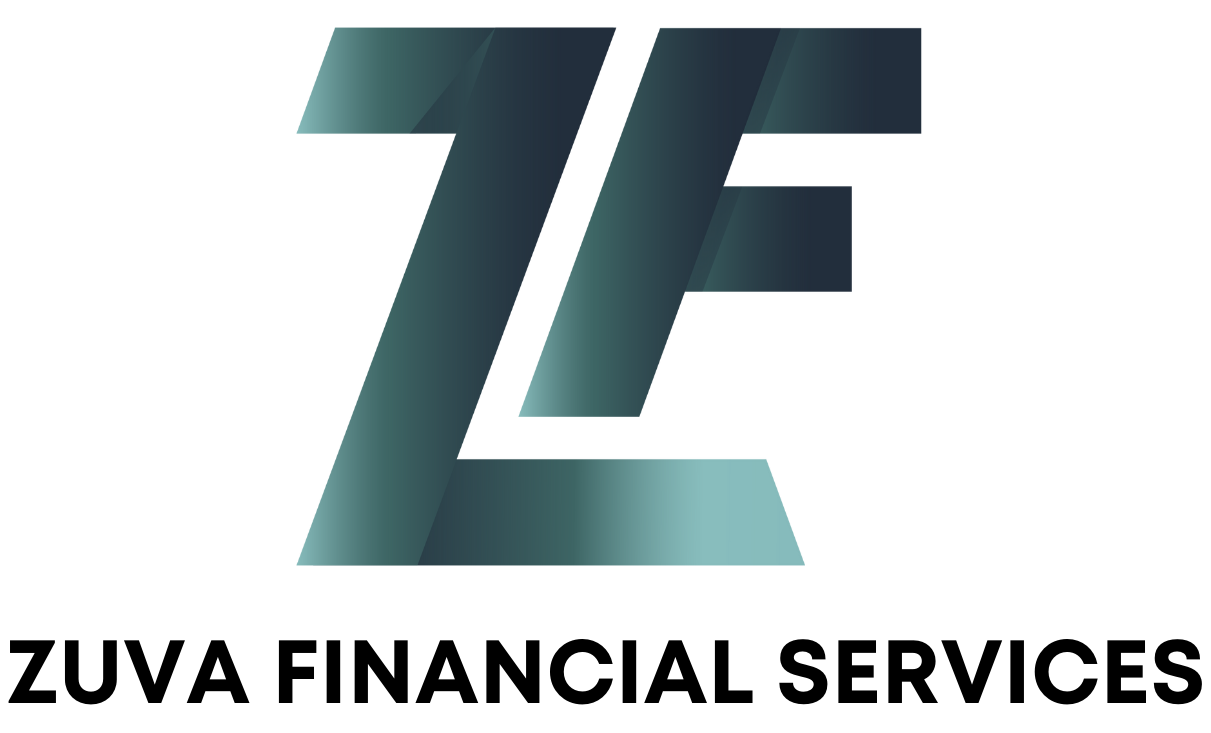For medical practices in South Africa, efficient billing and debt collection are essential to maintaining financial health. While providing quality patient care is the primary goal, ensuring a steady cash flow through effective billing practices is critical.
1. Establish a Robust Billing System
A streamlined billing system is foundational to any successful practice. Automated billing software can enhance your cash flow and reduce errors. Look for solutions that integrate with your Electronic Health Record (EHR) system to streamline the billing process and minimize time-consuming manual data entry.
Software solutions like MedEDI, Healthbridge, or other medical billing systems offer valuable automation features, such as patient billing reminders, Medical Aid claims management, and real-time payment tracking.
Key Features to Consider:
- Integrated Patient Management: Seamless integration with your practice management system ensures patient data is accurate and up-to-date.
- Automation Capabilities: Automatic reminders for outstanding payments, follow-up notifications, and online payment options can significantly improve collection rates.
- Transparency in Billing: Ensure that your system provides detailed, itemized statements to reduce billing disputes and improve payment transparency.
2. Implement Clear Payment Policies
Transparent communication about payment expectations and options helps patients understand their responsibilities. Upon registration, ensure that patients receive a clear outline of your billing and payment policy, including:
- Payment Deadlines: Specify the timeline for payments to prevent delays.
- Payment Options: Offer a variety of payment methods, such as electronic funds transfers and credit card payments.
- Late Payment Penalties: Patients should be aware of any late fees to encourage timely payments.
- Medical Aid Guidelines: Inform patients about which services are covered by medical aid and any out-of-pocket costs they might incur.
A well-communicated payment policy can help avoid misunderstandings and increase the likelihood of timely payments.
3. Offer Flexible Payment Plans
High medical costs can be challenging for some patients, leading to delayed payments. Offering payment plans allows patients to settle bills over time, reducing the risk of bad debts. Structured, interest-free payment plans can also improve patient loyalty and satisfaction.
When setting up payment plans, consider using a system that automatically schedules and processes payments. Ensure that your payment plan terms are clear and accessible to prevent future misunderstandings.
4. Stay on Top of Medical Aid Reimbursements
Medical Aid reimbursement delays are a common issue that can strain cash flow. Here are some strategies to streamline Medical Aid-related collections:
- Accurate Coding: Incorrect billing codes are one of the leading causes of Medical Aid claim rejections. Invest in regular staff training on coding standards to ensure accuracy.
- Real-Time Eligibility Checks: Use software that offers real-time Medical Aid verification to confirm coverage before treatment, avoiding potential payment disputes.
- Regular Claim Follow-Ups: Stay proactive by tracking claims and following up promptly. Some practices dedicate specific team members to handle Medical Aid follow-ups, which can speed up reimbursements.
5. Utilize Patient-Friendly Debt Collection Practices
When it comes to collecting overdue accounts, a gentle but firm approach often yields the best results. Implement these best practices:
- Start with Reminders: Send friendly reminders for overdue accounts through SMS or email. Often, patients may have simply forgotten to pay.
- Be Consistent: Establish a routine for following up on unpaid accounts, starting with reminders before escalating to stronger collection measures.
- Consider Outsourcing: If managing collections in-house is challenging, partnering with a reputable debt collection agency can be beneficial. Ensure that any agency you engage adheres to ethical collection practices to maintain your practice’s reputation.
6. Encourage Early Payments with Incentives
Consider implementing an early payment discount to encourage patients to settle their bills promptly. Even a small discount on their total bill can be a strong incentive, helping reduce outstanding balances and improving cash flow.
Additionally, providing easy payment methods can help patients make payments sooner. Online payment portals or links in reminder messages can make the payment process more convenient.
7. Monitor and Evaluate Your Billing Process Regularly
Even the best billing system requires regular evaluation and improvement. Track metrics like the average collection period, the percentage of claims rejected, and outstanding accounts receivable to gauge effectiveness. This data helps identify bottlenecks, allowing you to make informed adjustments. Monthly or quarterly audits of your billing process can help catch errors early, ensuring accuracy and efficiency.
Benefits of Regular Evaluations:
- Improved Cash Flow: Identifying and correcting bottlenecks speeds up payment cycles.
- Reduced Administrative Costs: Fewer errors mean less time spent on corrections.
- Patient Satisfaction: A smooth billing process minimizes disputes, enhancing patient trust and satisfaction.
Final Thoughts
A proactive, well-structured approach to debt collection and billing can transform your practice’s financial health. By implementing these strategies, you can minimize outstanding receivables, improve cash flow, and foster positive relationships with patients. Investing in the right technology, clear communication, and patient-friendly policies will ensure your practice thrives financially while maintaining its reputation for excellent patient care.





